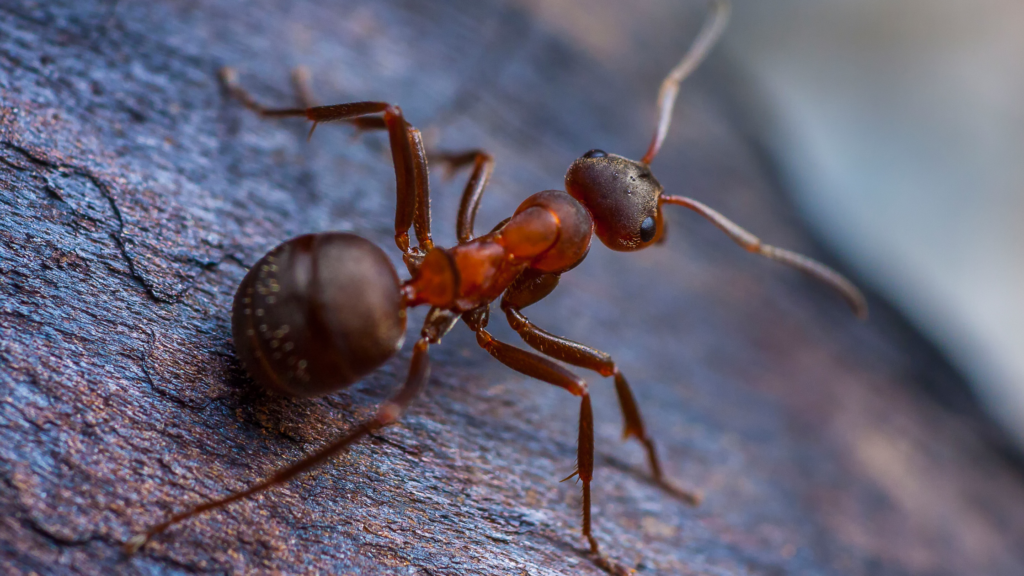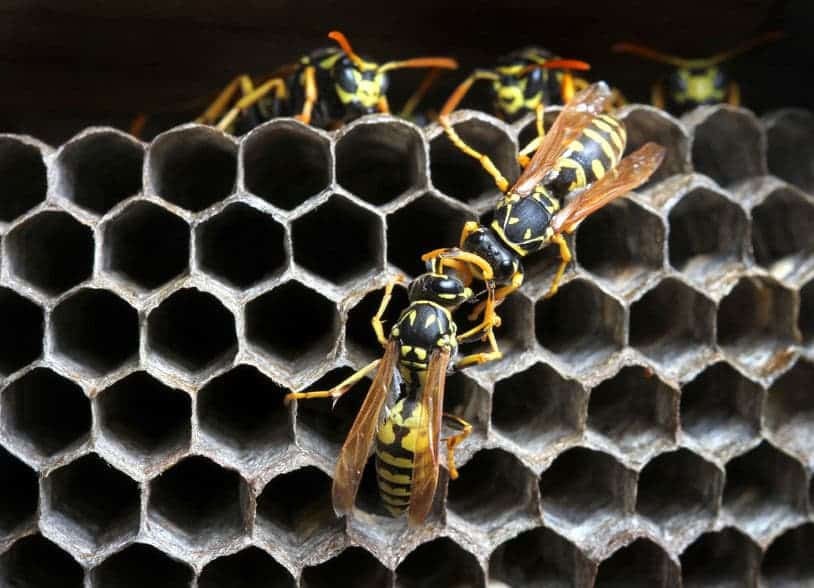In honor of Halloween, we’re shedding light on some spooky spiders and their webs that are commonly found in the southeast. Not to scare you of course, but to highlight these creepy crawlers so they don’t send you running away in fright!
Wolf Spiders
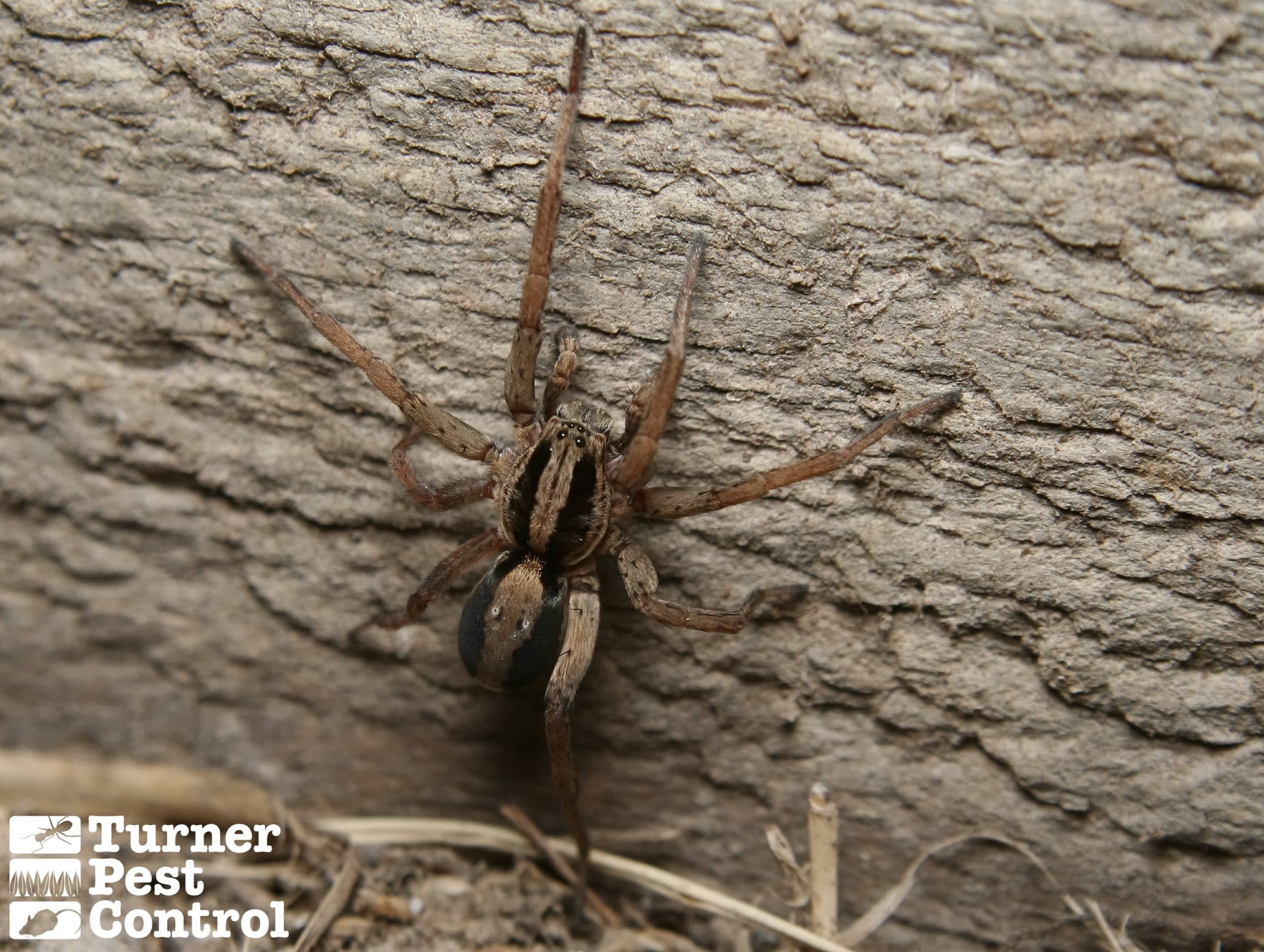
The wolf spider is one of Florida’s native spider species. Wolf spiders are often mistaken for the brown recluse spider, which is another species that is not usually found in Florida with the exception of some areas around the panhandle. Wolf spiders are experts when it comes to camouflage and usually dwell on the ground where they blend in best. Measuring in anywhere from 1 to 6 inches long, these spiders are scary to encounter, making them an appropriate topic for the Halloween season.
Wolf spiders have impressive vision and can sense vibrations. These important skills are what help them catch their prey. They do not typically spin webs, but some will dig burrows or hide under debris like leaves and fallen branches. To hunt, wolf spiders will seize their opportunity when prey pass their burrows. In some cases, the wolf spider will even chase their prey down. Female wolf spiders carry their egg sacs on their backs but are still able to hunt, even while carrying their future babies. Once hatched, the spiderlings will crawl up to stay on their mother’s abdomen, making the female wolf spider one inspirational caregiver. Talk about involved parenting!
Widows
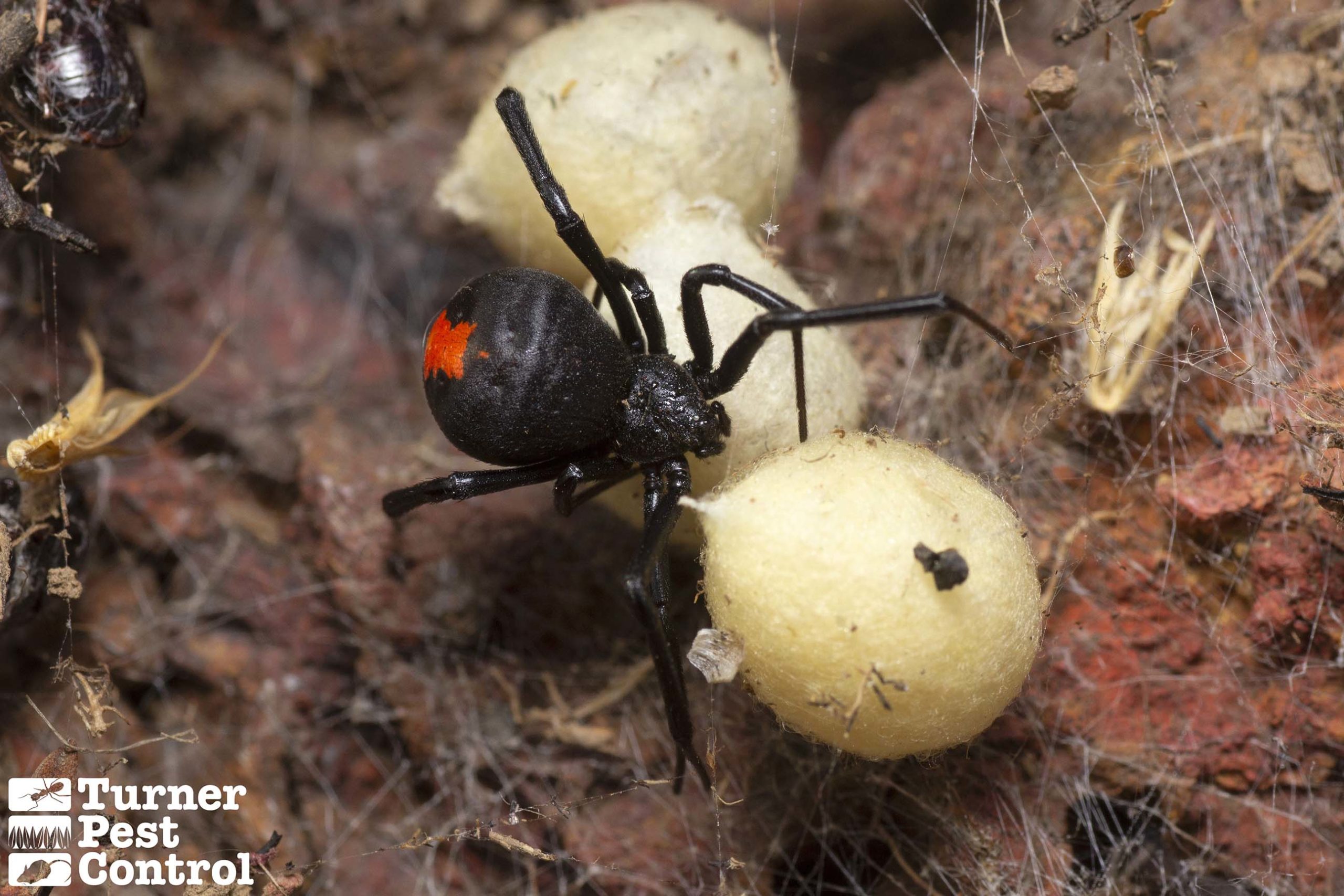
Did you know there are four different species of widow spiders? There’s the southern black widow, the northern black widow, the red widow, and the brown widow. All four species are usually just shy of an inch long with spindly legs and the distinctive red marking. Here in the southeast, we’ve got black, brown, and red widow spiders. The southern black widow is shiny and black with the classic red hourglass on its abdomen. This is the species of widow that most of us think of first.
The brown widow, despite its name, can vary in hue from light brown to black, or even gray. They can have a variety of markings in black, white, yellow, and red, but they do have a red hourglass on the abdomen. The red widow’s head, thorax, and legs are reddish orange. Unlike southern black and brown widows, the red widow lacks a complete hourglass marking, though they may have one or two red dots instead. And if that wasn’t enough for you, here’s one of our favorite fun facts: black widow web strands were used in WWII to create the crosshairs in gun sights due to the durable nature of the silk.
Spiny Orb Weaver
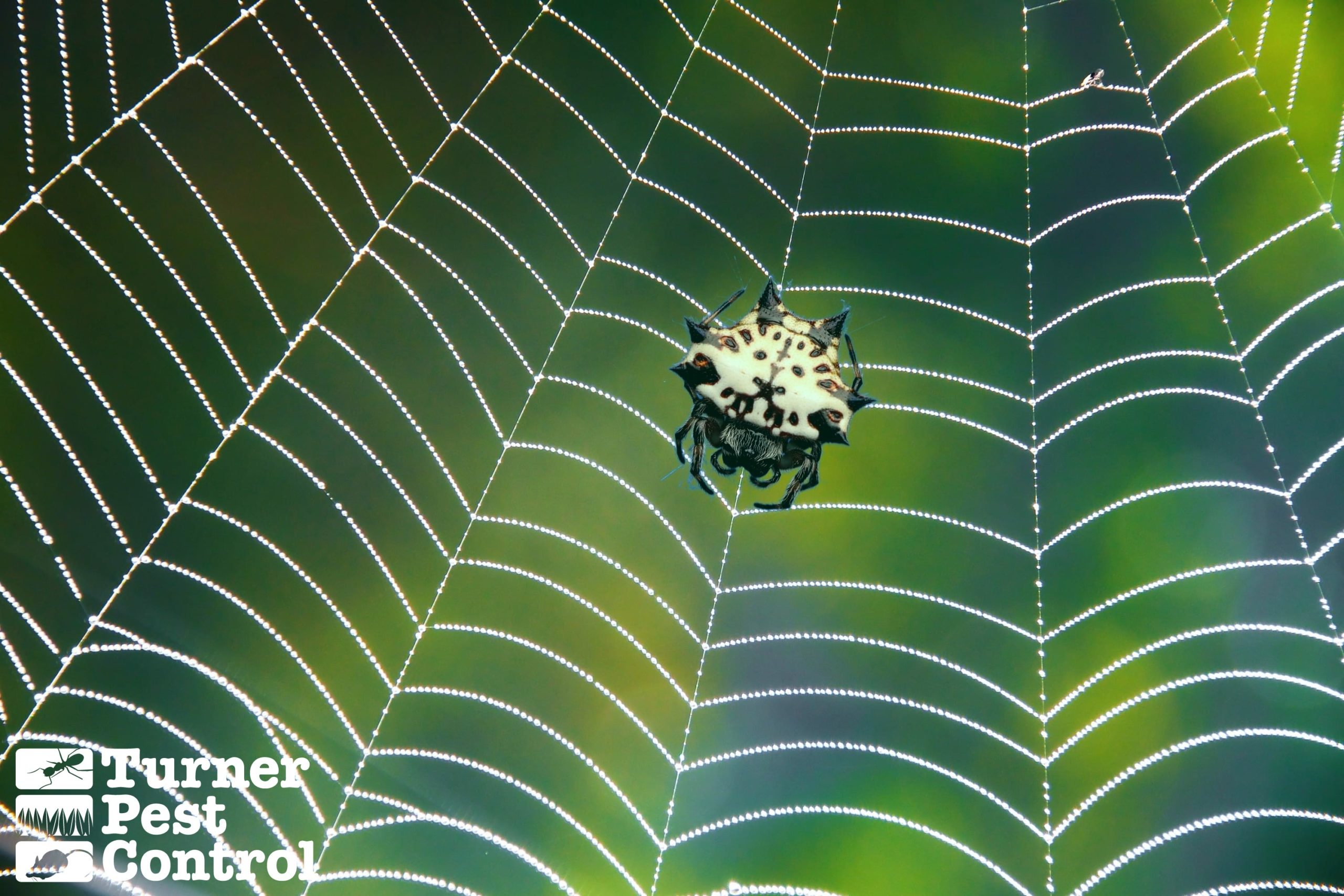
The spiny orb weaver grows to be about ½ inch wide and females have distinctive spikes on their abdomens. In Florida, we usually see spiny orb-weavers sporting a white back with black spots and red spikes. It’s a bold look, but we’re here for it. As with most species of spiders, the male is much smaller than the female and lacks the recognizable spines. From October through January, female orb-weavers lay their eggs on the underside of the leaves near their webs. Each egg sac is protected by layers of silk and can hatch up to 250 spiderlings. Webs are usually between one or two feet in diameter and have tufts of silk. It is believed that these tufts serve as small warning flags to prevent birds from accidentally flying into and destroying the web.
Banana Spiders
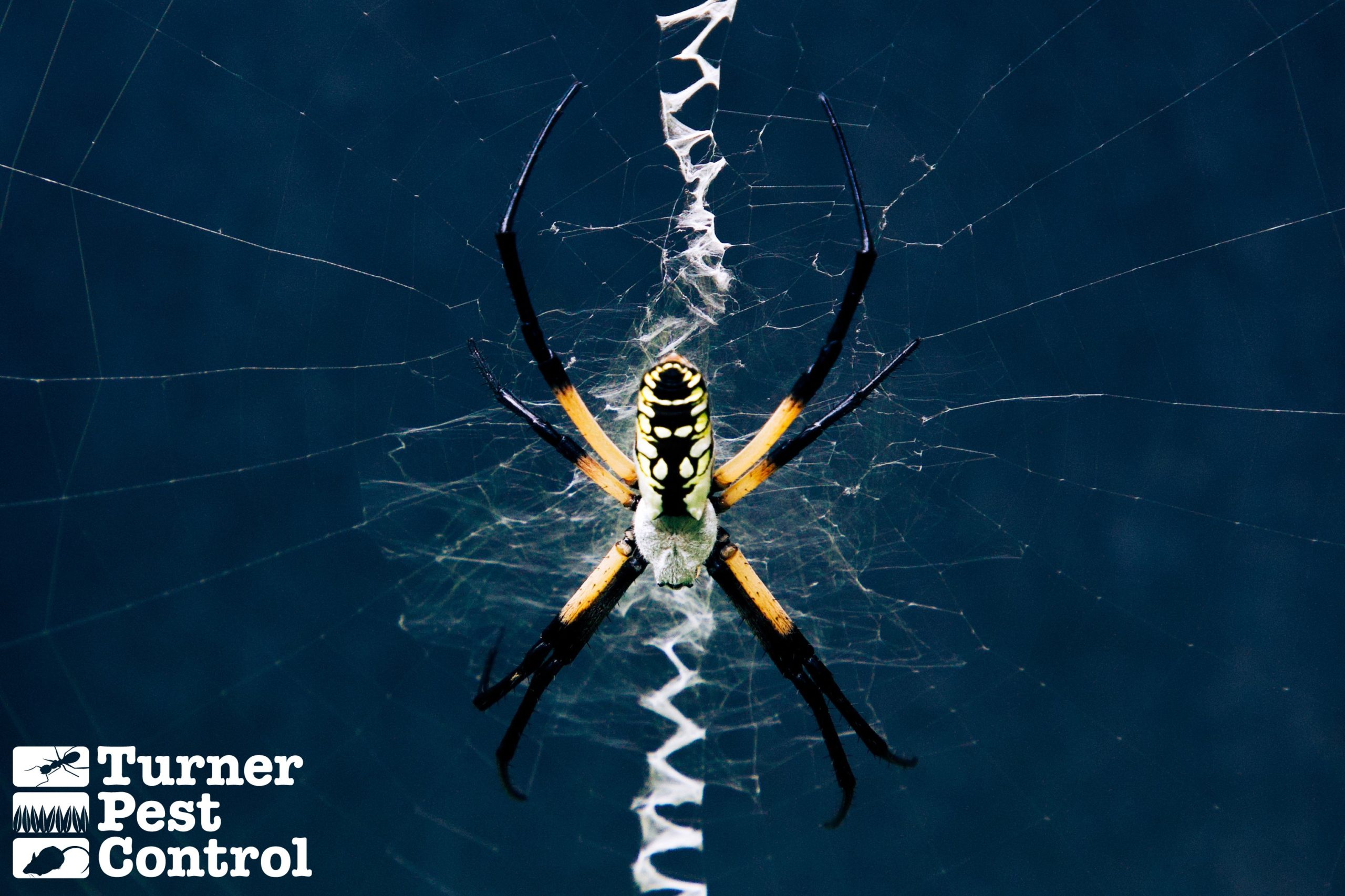
Meet the banana spider. The female banana spider has distinctive yellow markings and can be over 1.5 inches long, making it one of the largest orb weavers in the U.S. We don’t know about you, but we think that the female banana spider could sure give somebody a big scare if they happen upon such a large spider.
The male banana spider on the other hand is usually less than half an inch long and they lack the iconic yellow spots. If you saw a male and female banana spider next to each other, you might even think they are two different species of spiders. Banana spiders can weave a strong, intricate web up to 6 feet wide. They often opt for more forested areas and can match their yellow silk to match their home’s sunlight conditions. This makes their webs difficult to see, which is great for catching prey but not so great for unsuspecting nature-goers. The good news is that, like most spiders, banana spiders are not aggressive and will only bite if trapped against the skin or otherwise threatened.
This blog was written using sources from UF IFAS (1, 2, 3), UGA IFAS (1), and input from our in-house entomologists.

